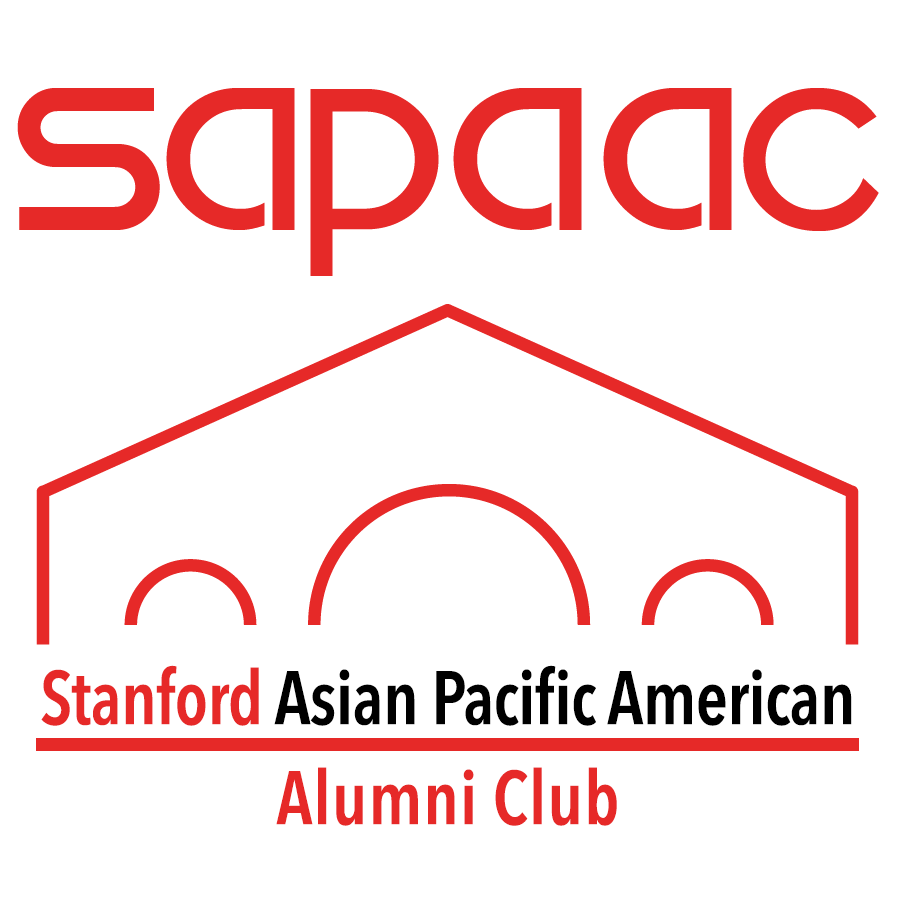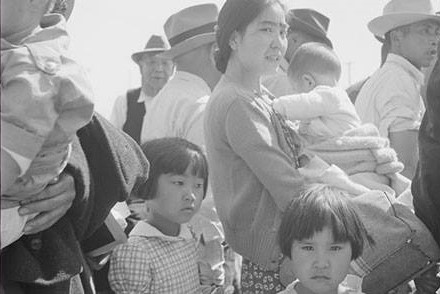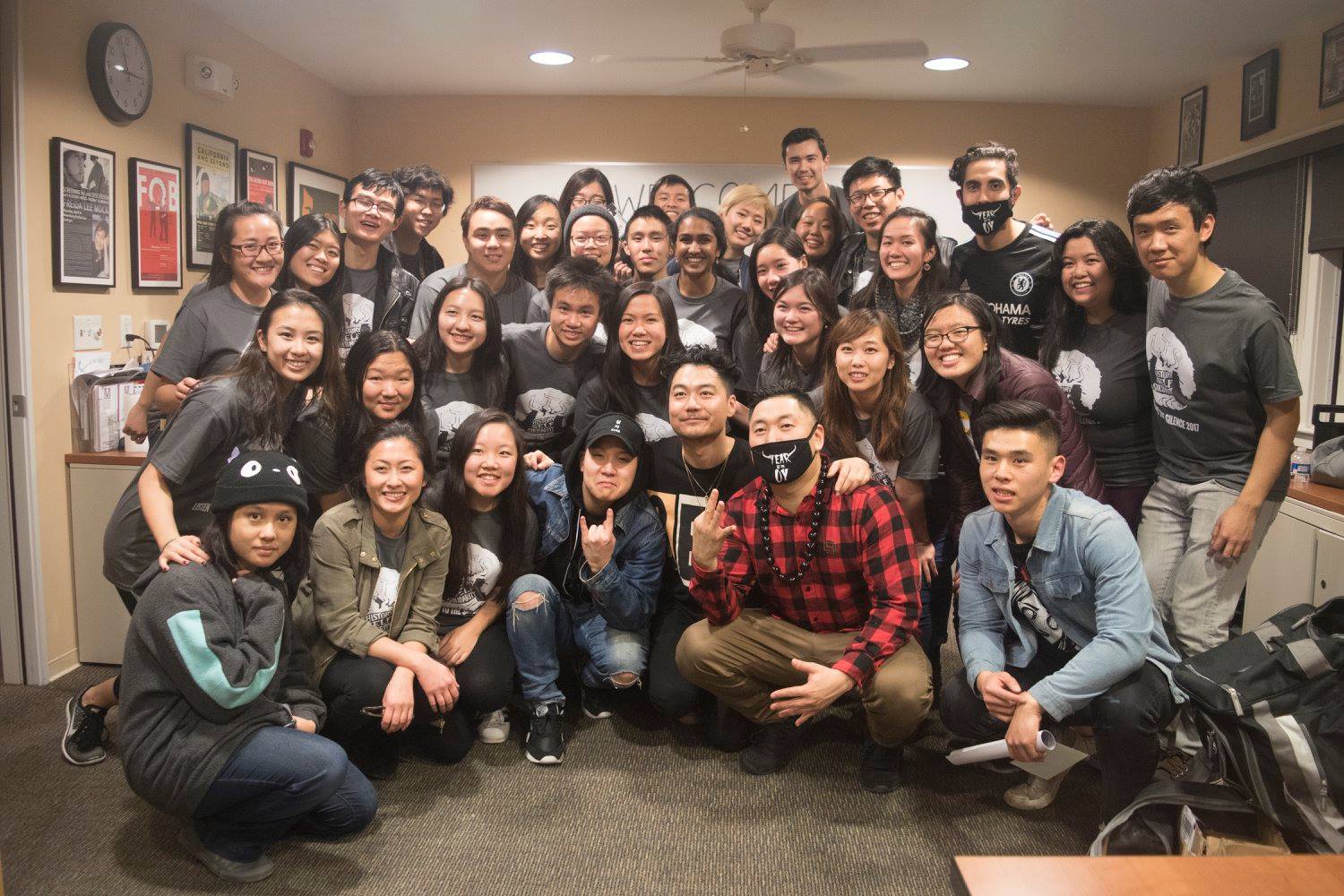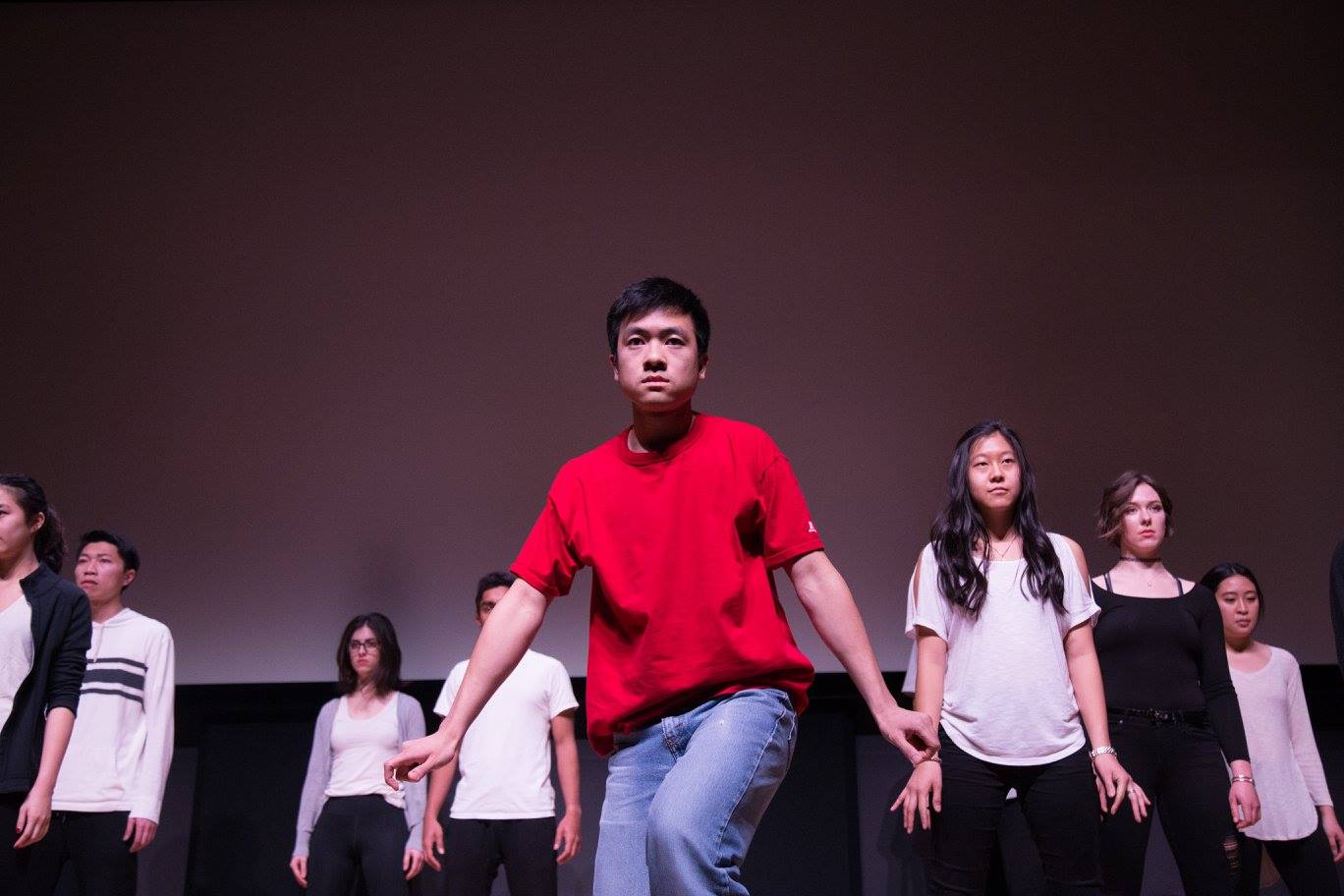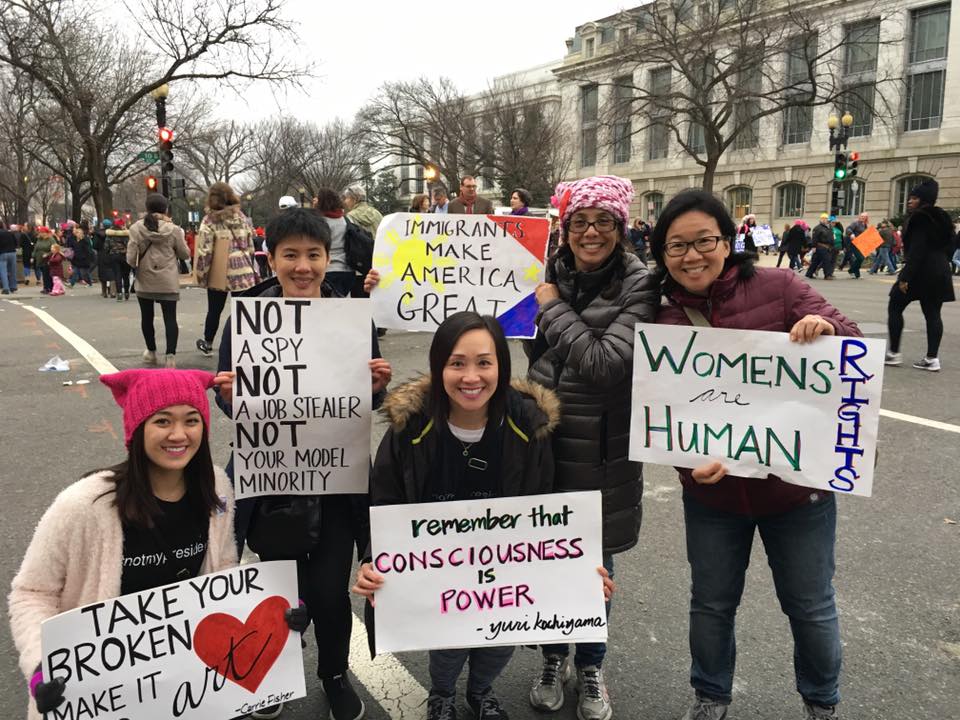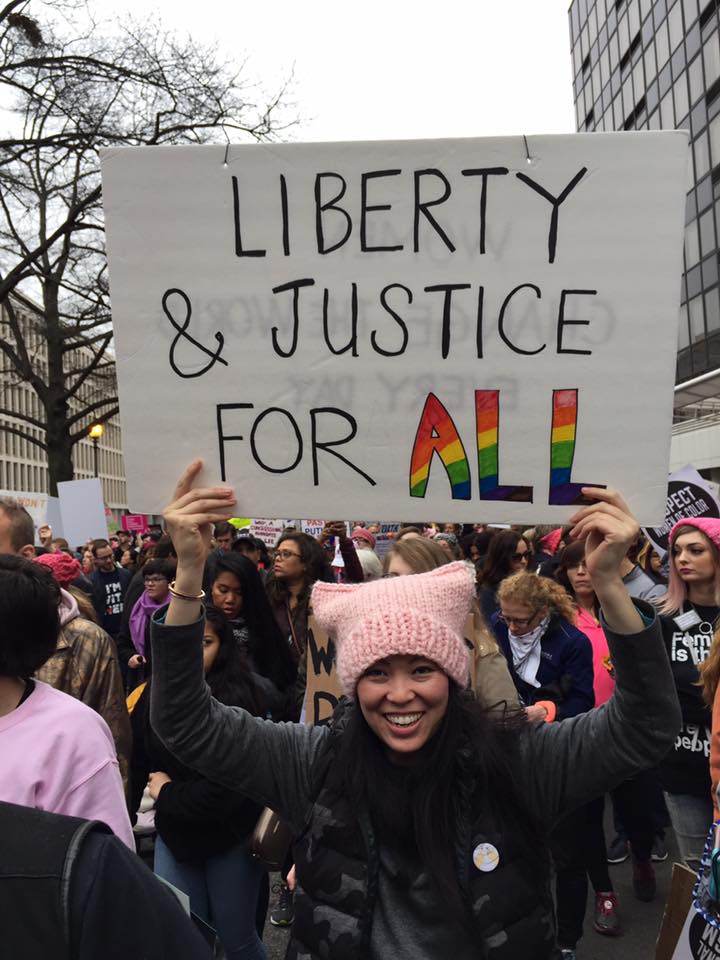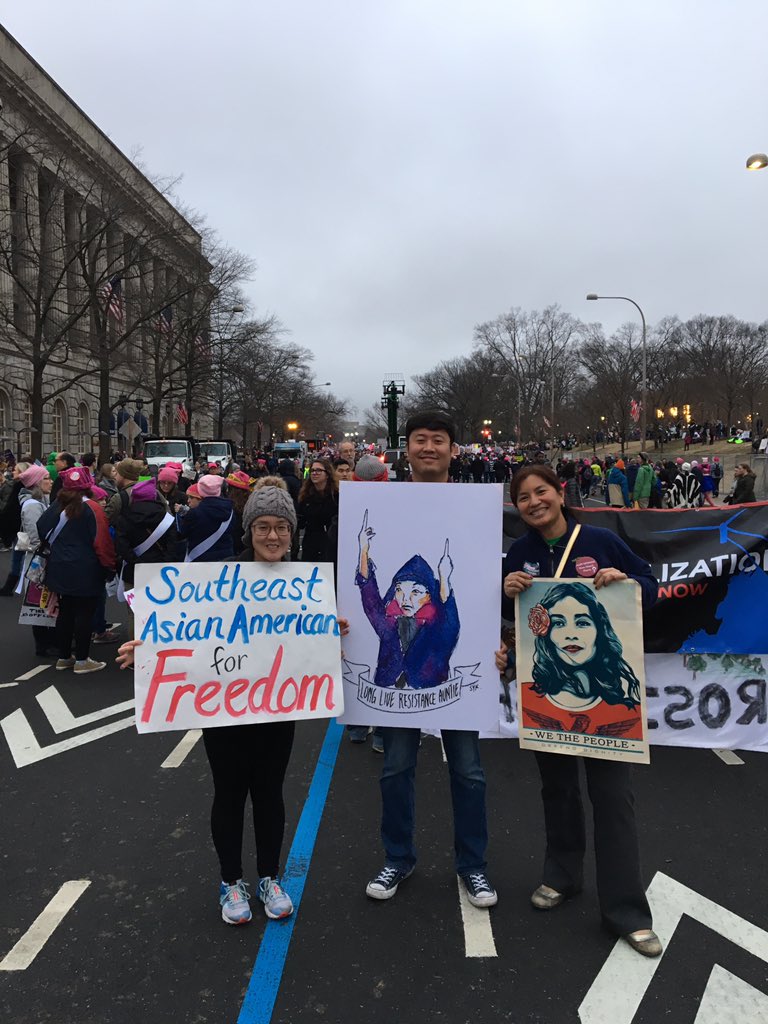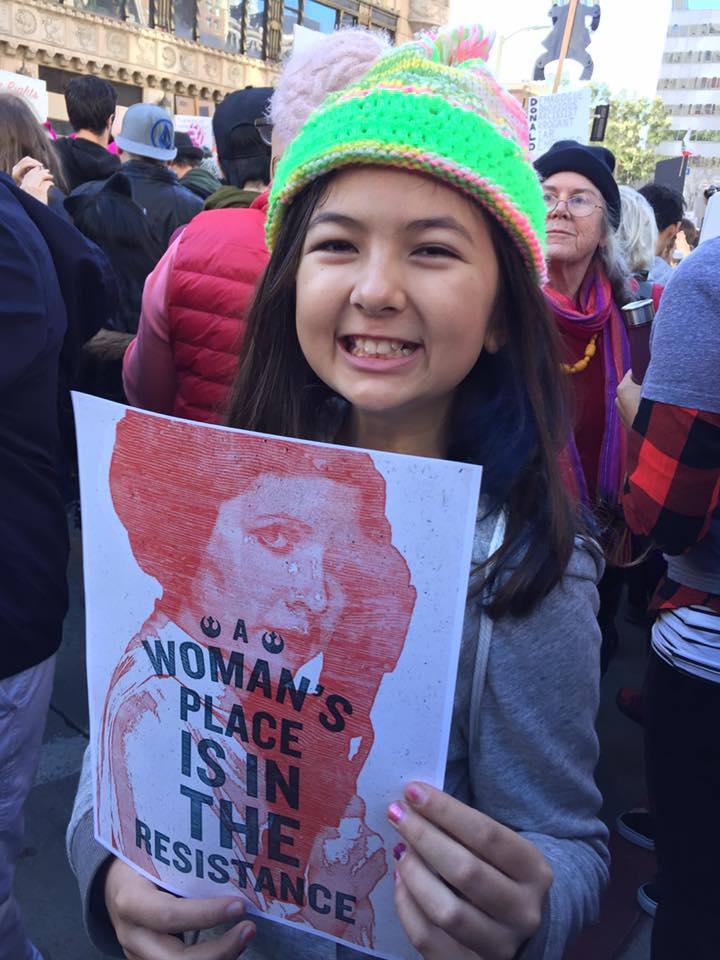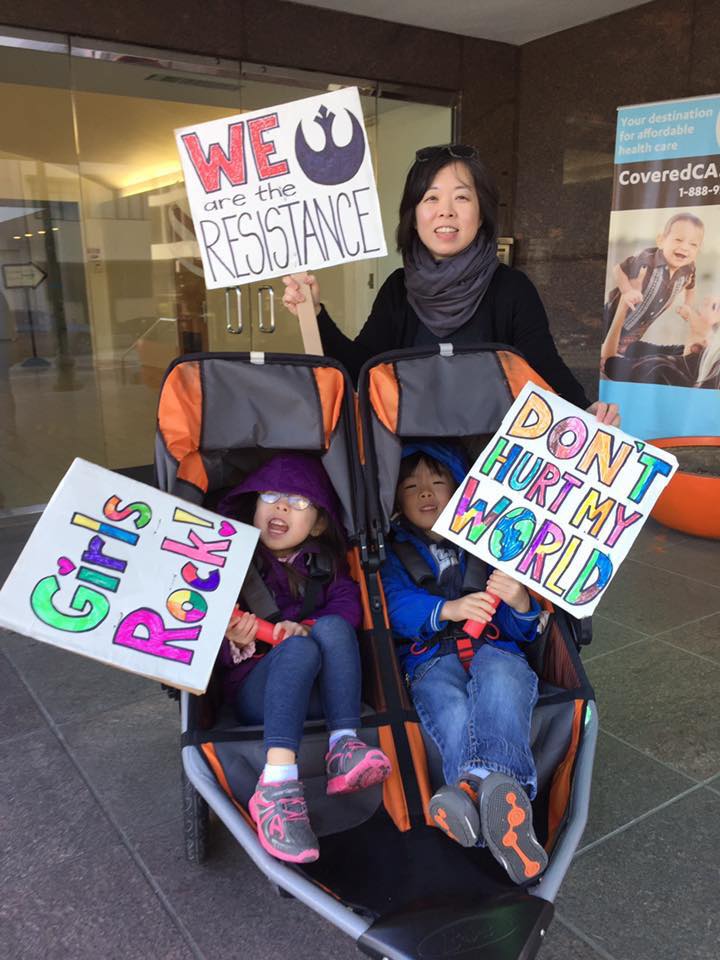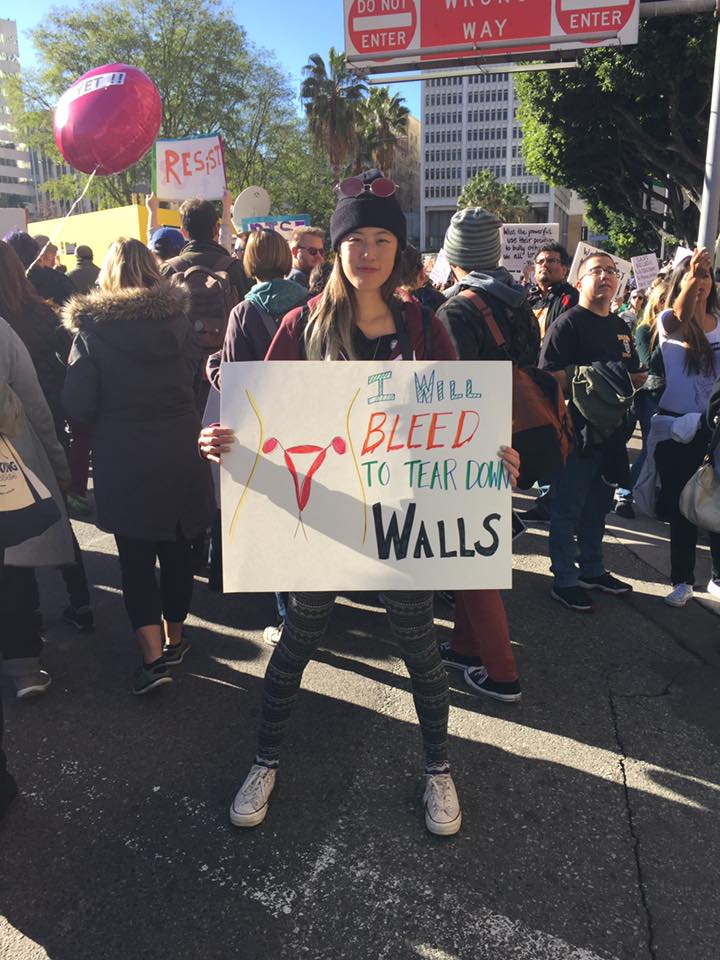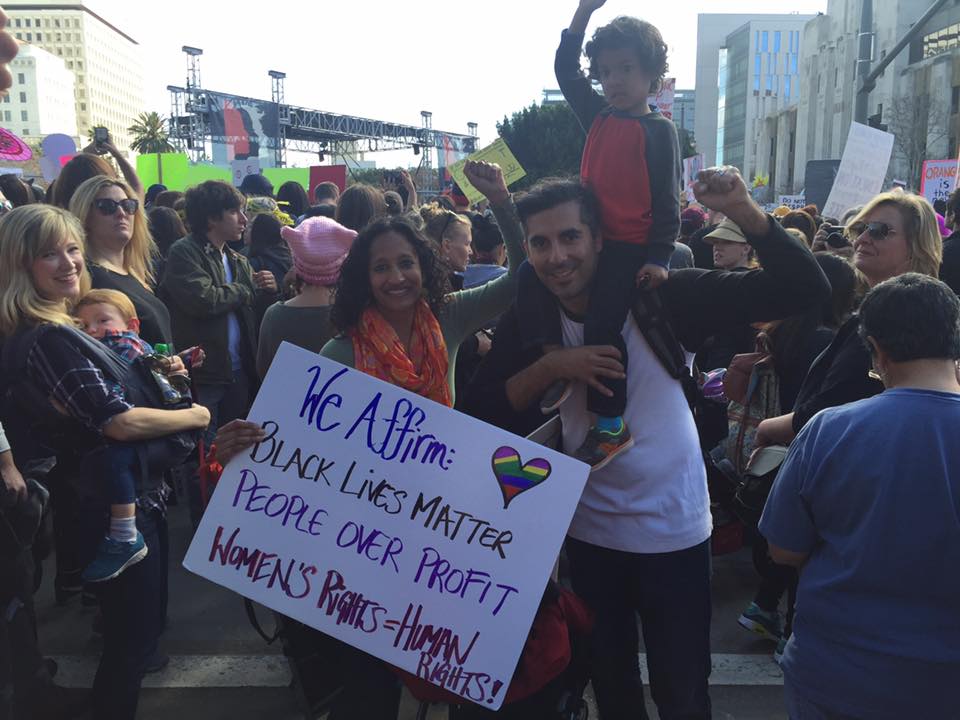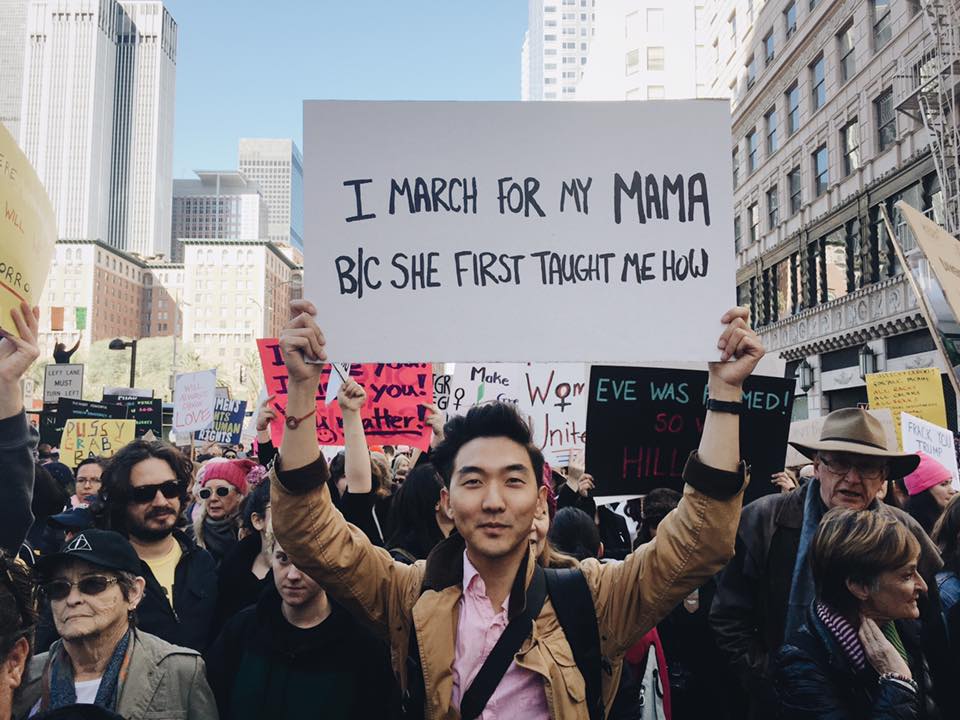I. POLITICAL ORGANIZING
As columnist Ryan Ko reminds us, “Democracy is not a spectator sport.” He has crafted a handy guide with easy, medium, and full-contact ways of getting involved. Here are a few other examples that are happening around the Bay Area.
Indivisible action group at UCSF: Alli Wong and Christina Fitzsimmons lead a group in San Francisco focused on turning the Indivisible Guide into action in their local community. The Guide is a document produced by former Congressional staffers to train everyday citizens to effectively impact Congress, stating “We believe that protecting our values, our neighbors, and ourselves will require mounting … resistance built on the values of inclusion, tolerance, and fairness.”
According to Wong, “Our group is based at UCSF. We have in-person meetings to strategize and take action together, but many others follow along online and take action, such as calling their representatives, as well. Since many of us are researchers and scientists, the group is loosely centered around science policy, but it is open to all.” No UCSF-affiliation required, just a commitment to democracy.
Their next action is to join a town hall with Senator Dianne Feinstein. Join Alli, Christina and the Indivisible SF group by visiting this link. Or start up your own Indivisible group!
Save Federal Climate Data: Scientists and engineers with knowledge of computer science and/or an interest in the environment are gathering for hackathons to save climate data, and other scientific knowledge many research use, before the Trump administration erases it. Events have taken place in UC Berkeley, UCLA, University of Toronto and elsewhere. Regular citizens can participate: find out more here.
Mass Demonstrations this Spring (Day Without Women, Day Without Immigrants, March for Science & More): “Organizers across the US are riding the momentum of the post-inauguration march to mobilize in solidarity with scientists, immigrants, LGBT people” among others. Find out more here.
One example is the “Day Without Immigrants” protest to peacefully demonstrate how immigrants contribute to our economy. Another is the women’s strike on March 8, “A Day Without a Woman” where “women, including trans women, and all who support them” will take part in an “international day of struggle...striking, marching, blocking roads, bridges, and squares, abstaining from domestic, care and sex work, boycotting, calling out misogynistic politicians and companies, striking in educational institutions.” Groups in over 30 countries will participate. Find out more.
Support Racial Justice Movements: In the Bay Area, the SURJ Showing Up for Racial Justice is organizing a “Human Billboard” to aid Black Lives Matter.
Call your Representatives: “You can tweet into the void all you want” developer Nick O’Neill told Wired magazine, “but there’s something about just connecting with a human being who says, ‘Thank you for contacting us.'” O’Neill co-created an online tool called “5 Calls” that “helps people find their representatives’ phone numbers and speak out on important issues” and “provides a script designed to make the process easier for both callers and the staffers on the other side. It tells you what to mention, and in what order. It also reminds you, for example, to leave your address in a voicemail or else you won’t be counted as a constituent.”
For example, the Senate Committee on Homeland Security is counting calls before it decides whether to approve Steve Bannon's appointment to the National Security Council. The number is: 202-224-4751. If you disagree with Bannon’s appointment, you can call (no one will answer) and leave a message saying “Don't approve Steve Bannon's appointment to the NSC.” Or conversely, supporting his appointment if that is your political inclination.
Unfortunately, “millennials across the rich world are failing to vote” as The Economist reports. “Democracies are at risk if young people continue to shun the ballot box” yet “Millennials do not see voting as a duty.” Please don’t be one of them.
Befriend an International Student: Quartz reveals that “40% of foreign students in the US have no close friends on campus” calling it “the culture shock of loneliness.” A simple but meaningful gesture is to befriend one of them. Chinese students at Columbia University in New York took things a step further when “Earlier this month, a number of students with East Asian names reported having their name tags ripped off their doors in multiple residence halls on campus. In response, the students got together and produced a video talking about the stories behind their names, trying to stem the rising tide of racism, xenophobia and prejudice in the US.”
Get informed: No matter your political viewpoint, it is important to stay informed & to voice your opinion to your representatives. One SAPAAC alumni recommends two tools that make it easy to do both:
(1) Download "Countable" from the App Store to learn about proposed bills and orders from the federal government
(2) Text your zip code to 1-520-200-2223 and you'll get a return text with the names & telephone numbers of your federal and state representatives
II. NATIONAL AAPI VOICES
Resigning from Trump’s Advisory Council: Ten members of the President's Advisory Commission on Asian Americans and Pacific Islanders (AAPIs) submitted their resignation to President Donald Trump. SAPAAC member and Stanford alumnus Kathy Ko Chin was one of the commissioners who resigned.
According to NBC News: "The choice to stay on under the new administration was with the hopes that I would have a seat at the table to be able to bring up the issues that are important to our community based on the work that's happened over many years under this commission...It became very clear to me in the last month and a half that that voice at the table wasn't going to be able to be effective inside the administration the way that I hoped it would be,” said Maulik Pancholy. Read their letter here.
Chair of the Commission and UCSF professor Tung Thanh Nguyen said that the Trump administration's activities over the last month “have threatened the progress made by former President Barack Obama for AAPI communities,” which had previously “generated an unprecedented amount of connection" between AAPIs and the federal government.
The First-Ever Tracker of Hate Crimes Against Asian-Americans is Launched: As reported by NPR, “After years of declining numbers, hate crimes against Asian Americans and Pacific Islanders are rising.”
III. IMMIGRATION BAN & ASIAN AMERICANS
Fighting back against the Trump Administration’s Immigration Ban: Groups are filing lawsuits against the order claiming it commits religious discrimination. “The American Civil Liberties Union, in challenging the order, described it as a ‘Muslim ban wrapped in paper-thin national security rationale.’ Dan Siciliano, a law professor at Stanford, says it was ‘clearly a nationality ban and a de facto religion ban.’" (Bloomberg)
As an example of the impact of the ban and related political rhetoric, “US-born NASA scientist Sidd Bikkannavar was detained at the border until he unlocked his phone.” In a worrisome move, Trump has also suggested conducting social media checks on Chinese visitors.
Stanford University joins amicus brief opposing travel ban: A group of 17 American universities, including Stanford, has filed a court brief outlining the harm to the academic community from the Jan. 27 executive order. Read the amicus brief here.
A Stanford student and the ACLU sue Trump over immigration ban: "Hadil Al-Mowafak, a freshman studying at Stanford with an F-1 student visa, joined a UC Berkeley Ph.D. candidate and a San Diego college student in filing the lawsuit Thursday through the ACLU." They are "suing President Donald Trump for ordering what they say is an unconstitutional immigration ban against seven Muslim-majority countries ... Al-Mowafak alleges that she is unable to visit her husband in Yemen because of an executive order Trump signed Jan. 27 ... The California students’ lawsuit, and similar lawsuits filed across the country, say that Trump’s order is an 'unlawful attempt to discriminate against Muslims and to establish a preference for one religion over another.'" (San Jose Mercury News, Stanford Daily, Palo Alto Weekly)
The Stanford Faculty Senate weighs in on the issue here. Stanford University President Marc Tessier-Lavigne rejected a student-initiated Stanford “Sanctuary Campus” proposal, but affirms “shared values.” Find out more details about Stanford’s response to immigration issues in SAPAAC’s previous coverage.
Immigration Ban & Chinese Exclusion
Chinese American Exclusion: In “A Chinese American Lesson for Trump,” Al Jazeera highlights how the “Muslim ban” is actually a new iteration of an old problem. Chinese Americans faced “decades of discrimination” under the Chinese Exclusion Act. Lest we forget, “Before It Embraced Immigrants, California Championed the Chinese Exclusion Act of 1882” (KCET)
Find out more on Chinese immigrants and their experience coming through Angel Island with the Angel Island Photo Gallery and a new book called”Island: Poetry and History of Chinese Immigrants on Angel Island, 1910-1940” Politics of Chinese Immigration on Angel Island by Judy Yung, professor emerita of American Studies at UC Santa Cruz. The book was coauthored with the late Him Mark Lai and Genny Lim, a native San Francisco poet, playwright, performer, and educator.
IV. Japanese American Internment: 75 Years Later
